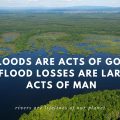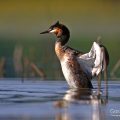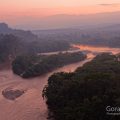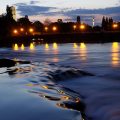Irrawaddy Dolphins Watching on the Mekong River
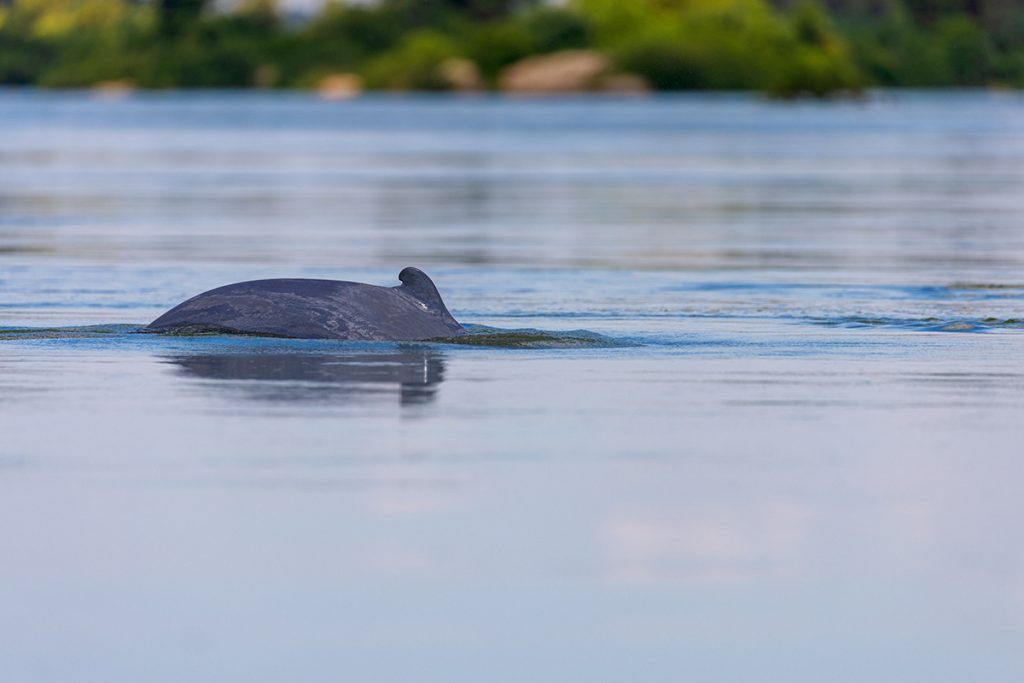
I embarked on a journey to the formidable Mekong River in Southeast Asia, in search of the elusive freshwater dolphins that call the Mekong their home.
The Mekong River, also called the Mother of Rivers, is one of the world’s most important and largest rivers. Born on the Tibet Plateau, it descends through the deep and narrow valley next 2000 kilometres of Asia. Entering Indochina, it falls to the plains, passing through several countries before entering the South China Sea after 4350 kilometres. It is also the home of elusive Irrawaddy dolphins.
The Mekong feeds millions of people on its course with fish and fertilises rice fields with floods, the staple food in Asia.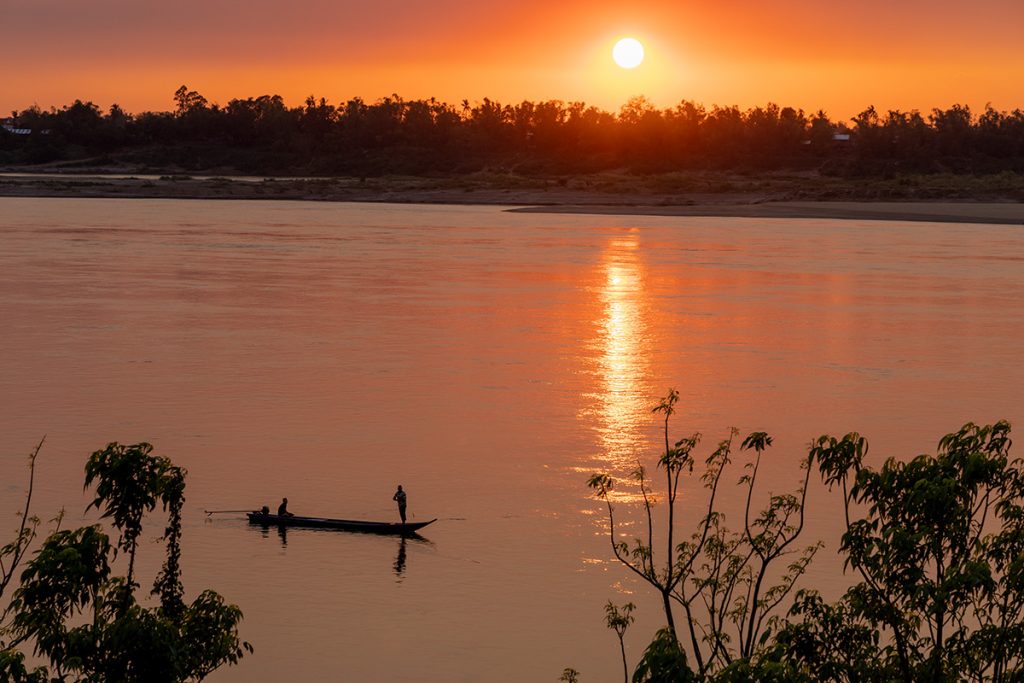
Dive into the world of Asian rivers
Last oasis of the Irrawaddy dolphins
This river is also essential to global biodiversity. The Mekong itself and its floodplain are one of the hotspots of biodiversity. It harbours 20 000 plants species, 430 species of mammals, 1 200 birds, 800 species of amphibians and reptiles and 1100 species of fish.
Irrawaddy dolphin is one of these species. This emblematic mammal inhabits coastal areas and low courses of the river like Ganges, Mekong, and Irrawaddy, hence the name.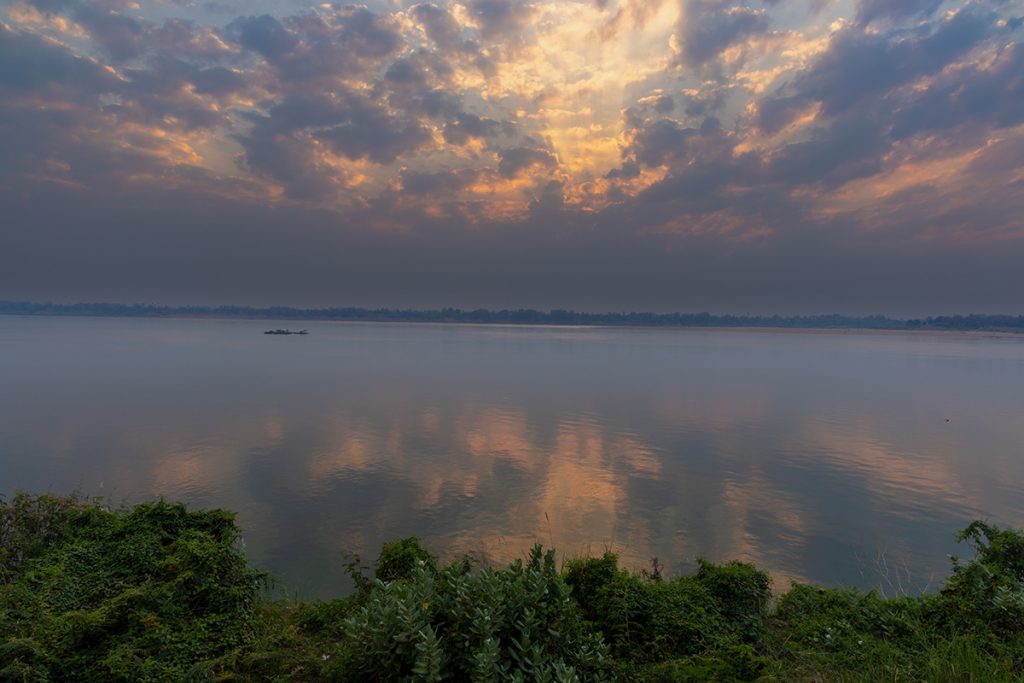
Unfortunately, the Mekong is under high threat from human activities, primarily from damming. Thus fewer than 100 dolphins remain in the Mekong in Cambodia to the Laos border.
Kratie – the dolphins capital in Cambodia
I headed off to Cambodia to see the remaining population of Irrawaddy dolphins on the Mekong. This country of troubled history is known for the magnificent temples of Angkor and the Mekong. Even Phnom Penh, the capital, was built on the banks of this mighty river on the confluence of Tonle Sap. But, while Phnom Penh is a rising metropolis with dozens of skyscrapers, the upstream river is more natural.
From Laos border to Kratie town, the Mekong flows through the mellow countryside of rice fields, plantations scattered villages. Nature is still present with flood forests and wetlands along its banks.
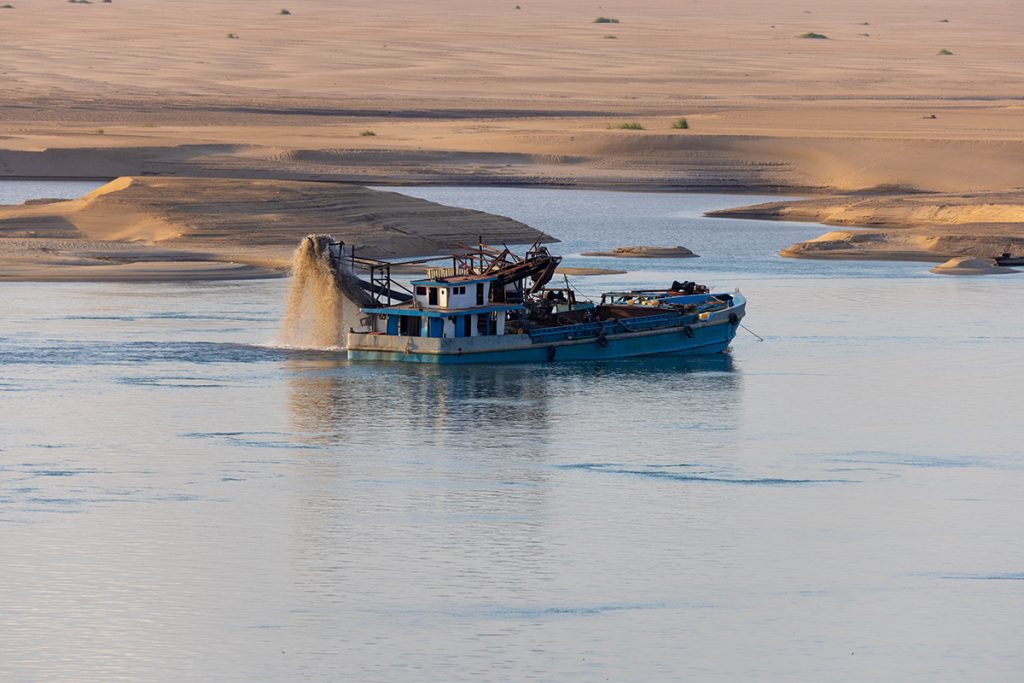
Kratie is a small, easy-going town on the main road to the east. The street is the centre of activity, where people eat, trade and rest, in the smoke and dust of numerous passing motorcycles and rare cars, just as elsewhere in Cambodia. What makes Kratie charming is its waterfront, large riverside where people come for a stroll, evening aerobics or morning tai-chi.
On island village
On this vibrant river, fishing vessels weave back and forth across the water, biding their time for a fruitful haul. Small craft shuttle passengers and cargo to the opposite side, where a modest dock greets them. This isn’t the far bank of the river, but a substantial island nestled within the river’s embrace. The Mekong continues to be a bountiful provider of sustenance.
I clamber aboard one of these petite ferries and within moments, disembark onto the expansive sandy shoreline that surrounds the island during periods of low tide. The intense tropical sun compels me to seek shelter under the leafy canopy, revealing a verdant rural panorama with groves of pomelo, pineapple, and other exotic fruits. Classic stilted wooden dwellings stand as testament to the might of the Mekong during the wet season, a perennial threat of flooding looms. My gaze is drawn to a large pasture at the heart of the island where bovines graze leisurely on the lush grass.
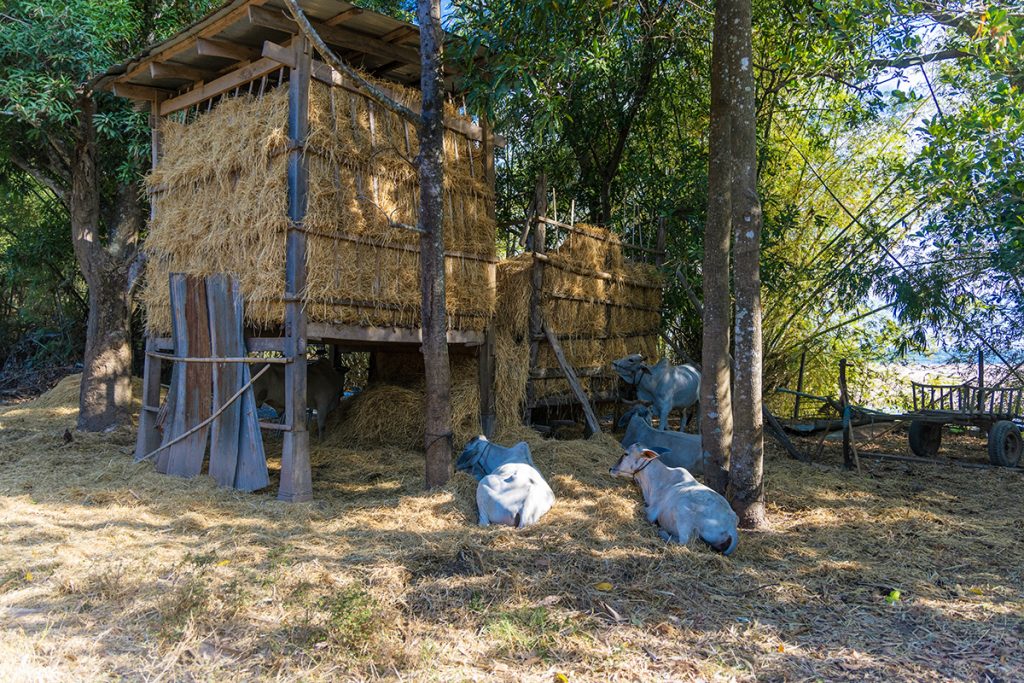
This riverine village is full of life, people doing their everyday work, children going to school, Buddhist monks in their orange robes slowly walking around.
It is Idyllic here, but I won’t find my dolphins here.
On the river
Our journey commenced early, as we launched three canoes from a petite lorry onto the muddy river embankment, approximately 10 kilometres north of Kratie. Our initial target was to get to the bank on the other side. Despite squinting, the specific details remained elusive due to the distance. I gauged the width of the Mekong at this point to be kilometres wide; however, the map indicated it to be even longer than my estimate – over two kilometres in fact! At certain points where the Mekong expands like an enormous belly, the breadth astonishingly extends up to ten kilometres! The river meanders through countless channels across the sediment at these locations, often without a principal waterway, evoking an image of blood vessels coursing through flesh. This flow type is referred to as a braided stream (or river), a phenomenon typical of the river’s central segments.
There’s an undeniable joy in returning to the gentle embrace of the river, one of the planet’s most renowned water bodies. The current is leisurely, allowing us to glide across the water with ease and minimal exertion, heading diagonally towards the opposite bank. Carefully, I navigate around the aquatic plants that reach out from the riverbed like whiskers; the shallowness of the water evident. The river remains shallow, a temporary characteristic of the ongoing dry season. The towering banks of the river stand as silent observers, bearing testimony to the fact that the Mekong swells considerably during the monsoon season, typically extending from May to September. The peak of this annual rainfall usually occurs in August and September.
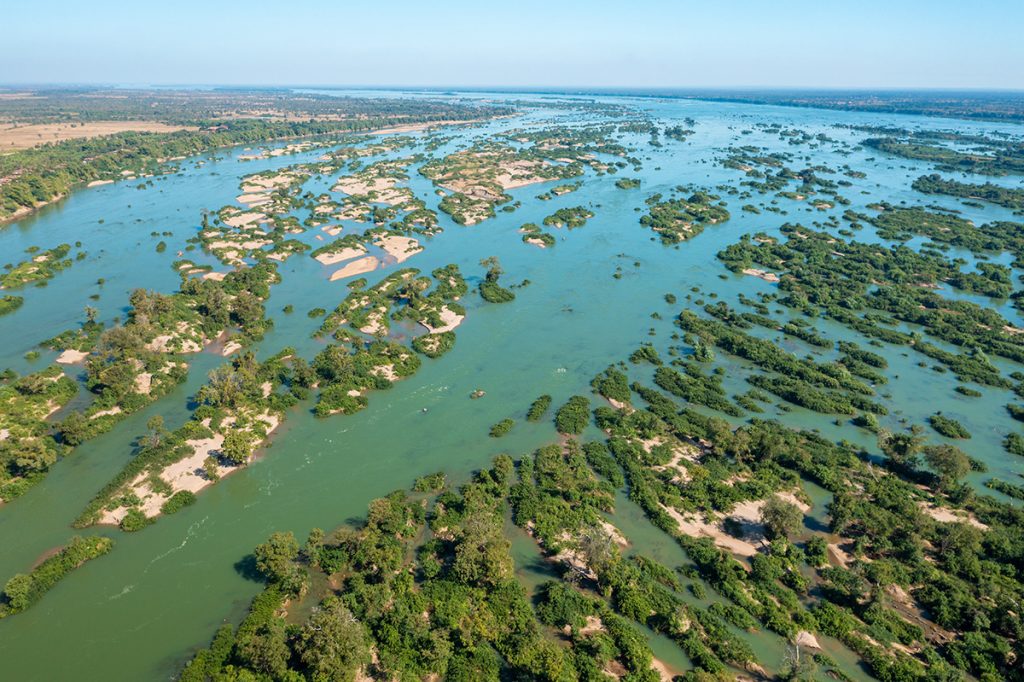
The river also changes its colour from bluish-green and somewhat clear to creamy brown and murky from abundant sand and silt suspended in the water. I dip my hand in the water, feeling the warmth, almost 30°C. Splashing from the paddling is a welcome shower on an already hot day. The air temperature will soon hit mercury at 35°C, luckily without too much humidity that suffocates Cambodia in April and May.
We are slowly paddling with no other boat in sight. River current or a swirl would briefly shake my canoe, but it is smooth sailing. Approaching the other side, numerous small islands obstruct the view of the right bank. The adventure starts here!
In the maze of islands
The river has expanded by at least a kilometre, its swollen abdomen brimming with tiny islands. I find myself navigating through an intertwined stream, where the shallow waterways form a confusing maze of countless islets. The terrain’s verdant green spots are rainforests encircled by sand loops and overgrown bars. This panorama continuously evolves, subject to the whims of fluctuating water levels. Floods are the architects shaping this surrounding.
Certain channels present as restricted corridors, merely broad enough for our canoes to pass. I can reach out and touch the sand or the branches of the shrubs. Several startled ducks hurriedly take flight, disappearing amidst the chaos of their fluttering feathers. Apart from this, the only audible sounds are the rhythmic strokes of our paddles against the water.
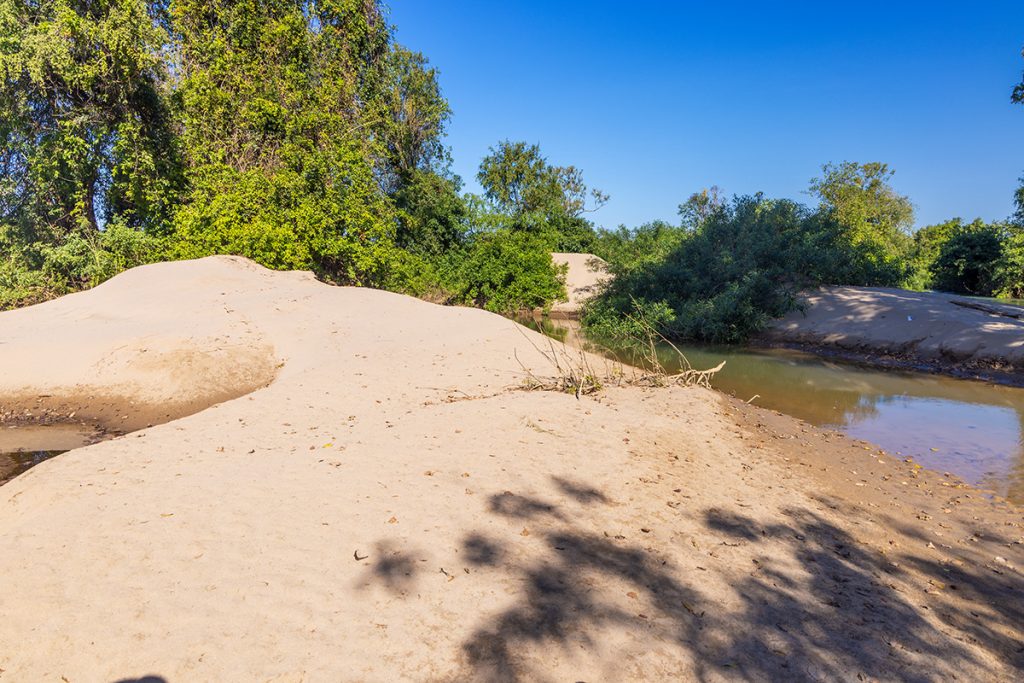
We opt to stop at one of the sandy shores, aiming for a brief respite and rejuvenation. Enthusiastically, I plunge into the river, revelling in the warmth of its waters. While the rest of the group engages in aquatic merriment, tossing water about and engaging in friendly bouts, I seize the chance to observe the surrounding locale. Once again, I navigate through the labyrinth of waterways, this time on a smaller scale. Water flows everywhere yet remains shallow enough to tread barefoot across the natural tapestry of water, sand, and jungle. New routes are revealed with each step I take, requiring me to memorise my path to prevent getting lost. The water is clear enough to spot tiny fish, suggesting that this environment serves as an ideal breeding ground for them.
Given the opportunity, I could spend countless hours exploring this paradise, but the mercury continues to climb, and we risk losing precious time for the high-quality dolphin sightings that lie ahead. It’s time to resume our journey by paddle.
On the Mekong roller coaster
Before long, the river quickened its pace, and the water’s roaring grew louder – we were approaching rapids. I held on to the paddle more firmly, finding myself “swept up in the current”. As we ventured into the churning water, the boat started to tremble. Moreover, we were tasked with navigating around vast trees, boasting impressively broad trunks that sprouted straight out of the water.
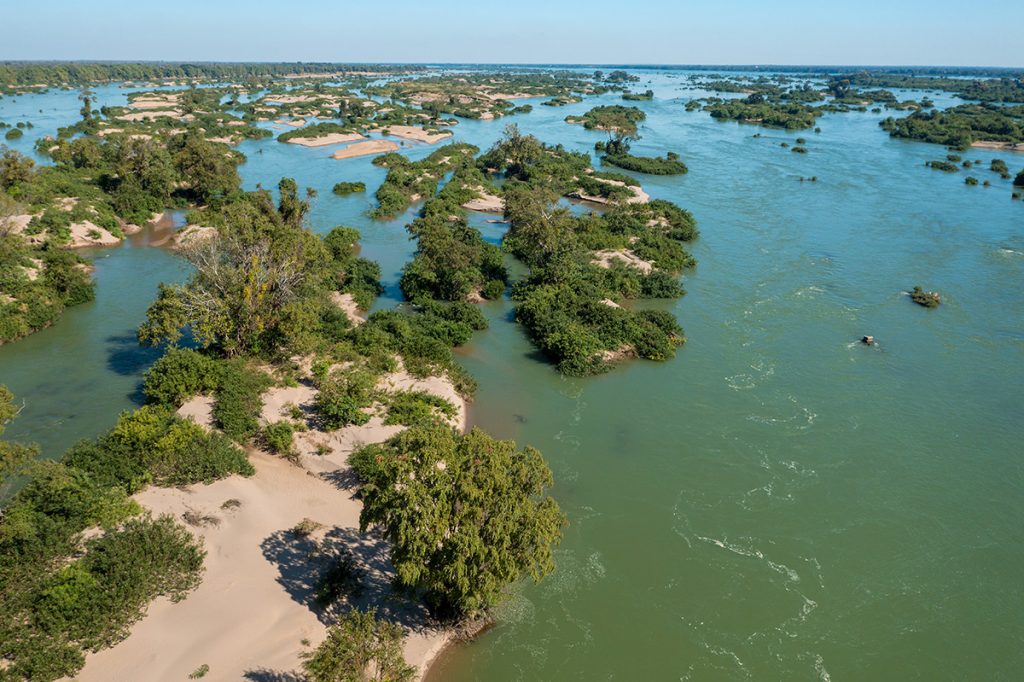
Our journey became akin to a giant slalom as we manoeuvred between these towering titans while being intermittently doused by the Mekong. Soon, we would be jolted and spun around by an unforeseen whirlpool, a trusty indicator of some hidden underwater obstruction, possibly a sunken tree or boulder. This phenomenon is especially prevalent during the rainy season when the river’s speed amplifies considerably. Gradually, the tumultuous rapids pacified, and the clusters of islands faded into the distance; we were once again cruising on open water. To our right was a sprawling sandbank, home to a solitary wooden boat.
Unpredictable dolphins
Our journey came to a pause at a location ideal for spotting dolphins. Extracting my camera from its case, I tuned in to the sounds around me. Just like all mammals, dolphins require air to breathe, necessitating frequent trips to the water’s surface. This action results in a forceful expulsion of water, reminiscent of a whale’s spout, which produces a sound akin to a whistle. The trick is to detect this auditory signal and then locate the creature. However, this task proves immensely challenging in reality, given that their bluish-grey bodies only come into view momentarily. Despite being no small creature, growing to lengths exceeding two metres and weights upwards of 200 kilograms, sighting them is no easy feat.
For those familiar with oceanic dolphins, the Irrawaddy dolphin’s appearance may be a surprise. Its snout is notably short with a rounded head and prominent forehead, bearing greater resemblance to a beluga whale than its dolphin kin. The dorsal fin is surprisingly small in comparison to its robust and large pectoral fins, the aquatic equivalent of the dolphin’s “arms”. The reimagined narrative continues to capture these intriguing creatures’ essence and elusive nature.
The Iravadi dolphin has a diet consisting of fish and various creatures found in freshwater, and it’s common for them to hunt in packs. They are skilled hunters, adept at trapping fish before devouring them. This is one of the reasons why fishermen view them as competition; however, under natural circumstances, the Mekong river teems with an abundance of fish. Female dolphins have a gestation period of two to three years and only reach reproductive maturity between the ages of seven to nine. Consequently, their endangered populations are gradual in recovery.
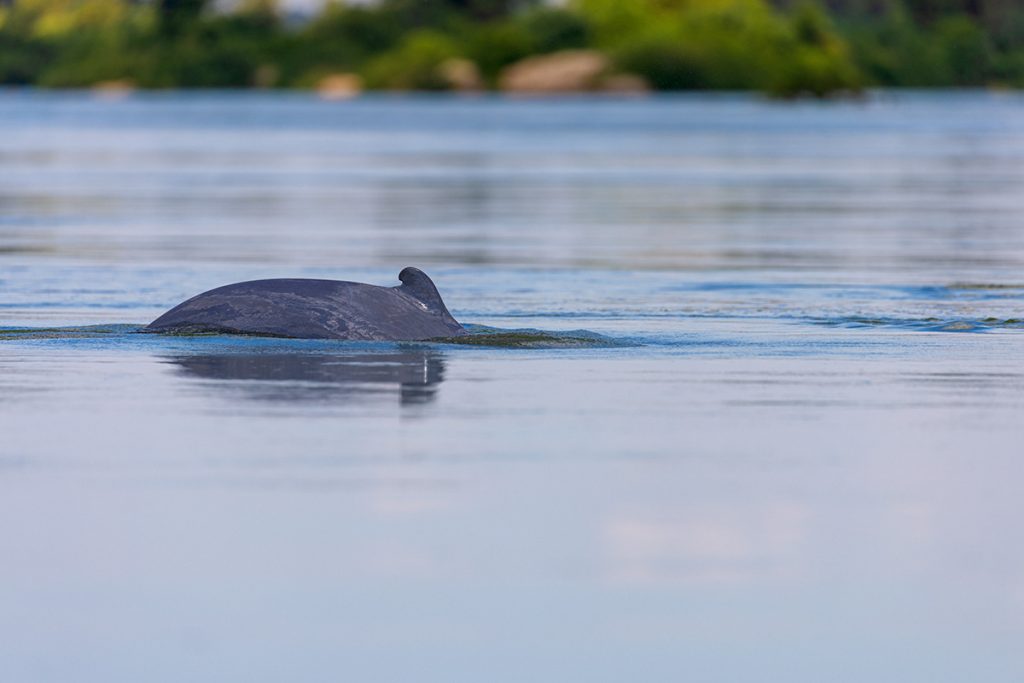
Attempting to capture these dolphins on camera was a monumental task due to their unpredictable and swift movements. Their appearances were fleeting, popping up unexpectedly from one side to the other. My estimate suggests that the group consisted of five to six dolphins engaged in a hunting spree. Despite the challenges, I was able to capture a few snapshots, albeit only their backs without their heads in view.
Yet, any disappointment is outweighed by the sheer thrill of witnessing river dolphins in their natural habitat on the Mekong – an experience that is undeniably awe-inspiring.

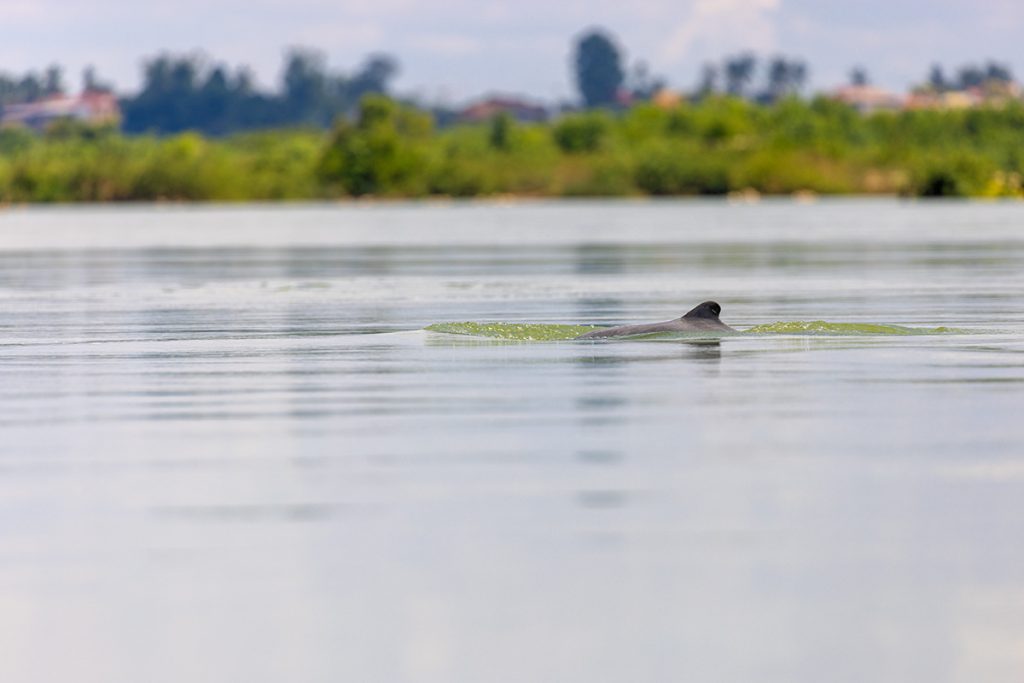 I went dolphin watching with Sorya kayaking
I went dolphin watching with Sorya kayaking
